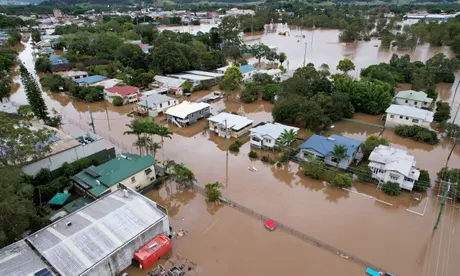The Insurance Council of Australia has said that a repeat of Australia’s worst disasters such as Cyclone Tracy and Sydney’s giant hailstorm in 1999 would hit the economy much harder now, given increased population and the rising costs of rebuilding.
The assessment, which is contained in this year’s insurance catastrophe resilience report, found that Tracy – which killed 71 people and caused $200m in insured losses when it struck Darwin in 1974 – would cause $7.4bn in losses if repeated today. If adjusted only for inflation, the cost would have been $1.78bn.
According to reports, Sydney’s hailstorm, which cost $1.7bn in insured losses in April 1999, would land a damage bill of $8.85bn if an equivalent event struck now. Had inflation changes only been taken into account, the bill would have been $3.28bn.
Both tallies exceed the $6bn paid out by insurers for the 2022 floods in south-eastern Queensland and northern New South Wales, currently Australia’s costliest disaster. The revised data, modelled by Risk Frontiers, adjusted costs for inflation, changes in property numbers and values and tougher building codes.
Read also: Over 5,000 dead, 10,000 missing as flood wreaks havoc in Libya
ICA’s chief executive, Andrew Hall, was quoted as saying that soaring costs associated with extreme events – even before global heating was factored in – should be considered in debates about population growth, especially in the eastern states.
“We’ve got to think about housing that population in safe, durable and insurable homes,” he said. “Otherwise, we’re just setting ourselves up for large costs moving forward, particularly in a changed climate, and it impacts everybody in the insurance market.”
According to reports, Insurers paid out $1.6bn in claims for the year to June, or just 22% of the record tally for the previous 12 months of $7.28bn. Hall, though, said insurers were still trying to recapitalise balance sheets after taking a battering over three La Niña years and consumers shouldn’t anticipate lower premiums.
Reinsurance costs have this year risen to 20-year highs, pushing up Australian insurers’ costs by 20-30%. “Australia has been traditionally thought about as a good diversified risk for reinsurance globally,” he said. “Over the last decade, what we’ve seen is reinsurers have reassessed the risk factors in the Australian market and the prices have changed accordingly.
Story was adapted from the Guardian.
